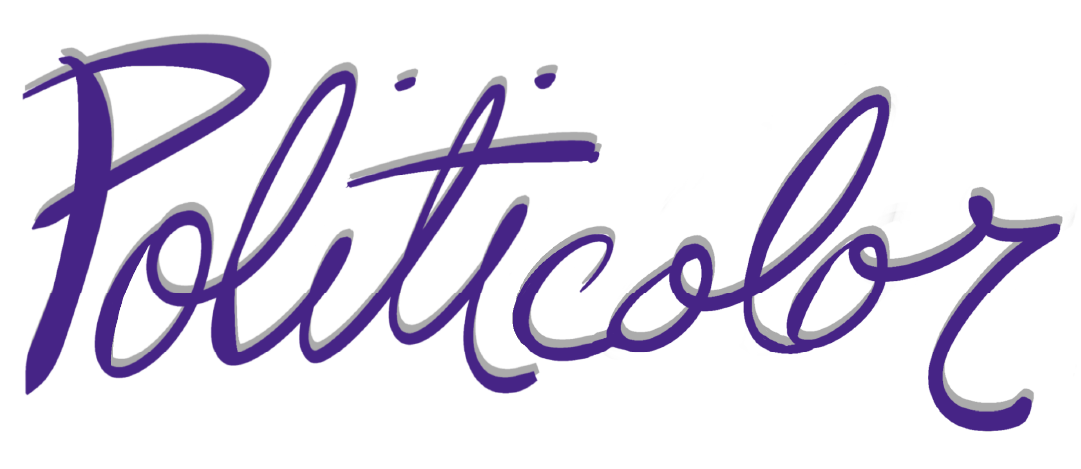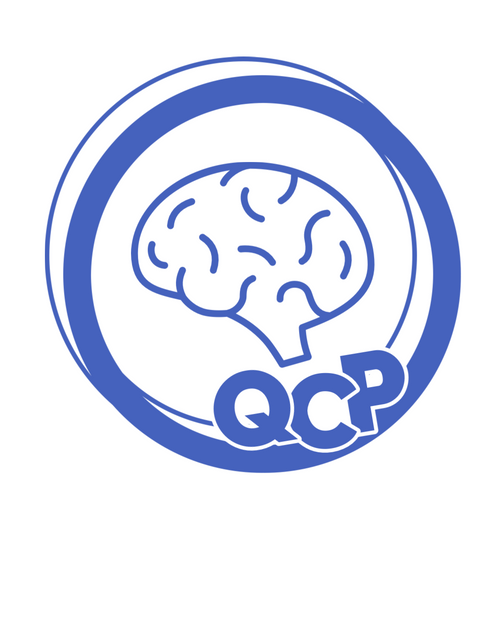It’s that time of year again. It might be unique to election years. Let’s all join hands or shake our fists or whatever it is you do when we join together to call for better civics. Our country is falling apart, y’all. If only there were an army of civic educators who could save us from disaster. 🤔
There’s a call for better civics that everyone in education shared last week. And there’s one that we should take more time to think through.
The Chief Justice wrote only one of the above.
In the Year-End Report for the Federal Judiciary, Chief Justice John Roberts warned, “we have come to take democracy for granted, and civic education has fallen by the wayside.” Because I couldn’t imagine what this particular Chief Justice meant by “taking democracy for granted,” I started to doubt that I knew what he meant by civic education too.
Physicist Richard Feynman can help us see the problem. He urged students to understand that “there’s a difference between knowing the name of something and knowing something.”
Feynman talked about birds to illustrate the difference:
“You can know the name of a bird in all the languages of the world, but when you’re finished, you’ll know absolutely nothing whatever about the bird… So let’s look at the bird and see what it’s doing — that’s what counts.”
What do we want when we call for better civics? What do we want that civic education to do?
If you read the rest of the Year-End Report, you’ll find that Chief Justice Roberts wants us to understand our government “and the protections it provides.” The problem we face today, according to him, is misinformation and mob rule (but now with social media).
Ronald J. Daniels will never see his name show up on a test of civic knowledge. Writing an op-ed for the Washington Post, he framed the failure of civic education as “failing at participating in the daily business of our democracy.” This resonates with the idea of political freedom that Paul Woodruff describes in his book First Democracy. This isn’t just being free from bondage. Athenians wanted “the right to help decide their own destiny through active participation in government.”
Daniels, President of John Hopkins University, has an idea of what civic education should do to support this kind of participation:
- Bring a nuanced understanding of the past to public life through “a grasp of the history and theory of democracy”
- Practice critical reasoning skills that help distinguish true information from false
- Provide standards that demonstrate a commitment to values such as tolerance and equality and use these standards to hold policies to account
- Promote a disposition “directed toward cooperation and action”
That’s a prescription that matches James Madison’s work to support education. He believed a good education had the power to “throw that light over the public mind which is the best security against crafty & dangerous encroachments on the public liberty.” (Letter to William T. Barry, August 4, 1822)
There’s also a better question embedded in the op-ed: what would you include in the “full suite of aptitudes necessary for good citizenship?”
Let’s keep throwing that light,💡
Shellee
Questions of Civic Proportions
“If politics is like show business, then the idea is not to pursue excellence, clarity or honesty but to appear as if you are, which is another matter altogether.”
What about killing Iranian General Qassem Soleimani makes it a departure from past policy?
The Lawfare blog’s emergency podcast about this story is a crash course in American foreign policy. Benjamin Wittes made a whole lot of subject matter expertise available via a sixty-minute conversation. He wanted his guests to discuss what weighing the options and making this decision would have looked like. Instead, Iran scholar Suzanne Maloney and former State Department Official Tamara Cofman Wittes insisted you had first to understand how this decision marks a significant departure from forty-years of American foreign policy.
The conversation introduces and explains topics like revolutionary warfare, how it works to extend Iran’s influence across the Middle East, how it all goes back to the war in Iraq in 2003, and how American foreign policy throughout all of this has capitalized on a shared interest with Tehran to contain ISIS. Really. Listen to this one episode, and you’ll sound like an expert too.
Other recommended resources for building context include: NYT’s The Daily podcast presented an excellent backgrounder on the history of the region. Over at The Interpreter, Max Fisher shows how this decision represents a policy of mixed signals. And, in case you missed it, Current Affairs shares what we already know about war propaganda in America, using examples from Iraq to Vietnam and even World War I. Read: How to Avoid Swallowing War Propaganda.
Are our op-ed pages challenging the minds of an engaged citizenry or wasting their media attention on bad ideas?
Slate’s Political Gabfest had a thought-provoking discussion of antisemitism and philosemitism last week. They were, of course, reflecting on the recent attacks at Jewish synagogues and the increase in the number of attacks. But then they had to discuss a controversial column by NYT’s Brett Stephens who sang the praises of “Jewish Genius” but used race science to get there. The panel identified one more way we might be misusing people’s media attention.
David Plotz said he read the column and re-read it. He just didn’t get it and suggested that all columnists should be term-limited. The problem? They run out of ideas. Plotz recommended Jack Shafer’s column for Politico: Bret Stephens and the Perils of the Tapped-Out Columnist.
How can we help others see the value in small acts of civic good?
This question comes by way of one source. This is the last paragraph of Ijeoma Oluo’s book So You Want to Talk about Race.
Good Work: Portraits of Courageous Citizens by Robert Shetterly
When you imagine something called a portrait gallery, whose faces do you see? Artist Robert Shetterly has a project that hopes to change the answer for the next generation of citizens.
His project, Americans Who Tell the Truth, focuses on “citizens who courageously address issues of social, environmental, and economic fairness.” You might find someone in the lineup whose beliefs challenge your own, but it’s hard to argue with a project that will start so many important conversations.
Even when you stop scrolling at the letter C, a small subset of the courageous citizens featured includes:
The series now includes 250 portraits, and Shetterly travels the country to introduce students to the many stories that don’t get class time.
The video above promotes a documentary about Shetterly’s “odyssey to defend democracy.” You’ll see him explain that he was angry about national politics after 9/11. He asked himself what he could do about it, and he started by surrounding himself with people who have made a difference in the past.
Like most things, what’s good for the next generation is good for the rest of us too. Americans Who Tell the Truth helps us all imagine that we can be:

